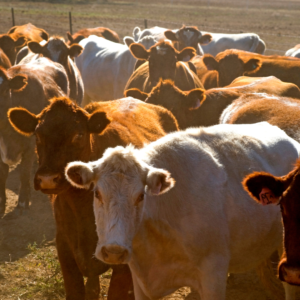 Vaccinate Your Cattle This January: As we start a new year, it’s important for cattle farmers to start thinking about vaccinating their herds. Vaccinating your cattle is one of the most important things you can do to protect their health, and ultimately, your livelihood. Let’s explore why January is a good time to start thinking about vaccinating your cattle, what vaccines are available, and how to determine which vaccines are right for your herd.
Vaccinate Your Cattle This January: As we start a new year, it’s important for cattle farmers to start thinking about vaccinating their herds. Vaccinating your cattle is one of the most important things you can do to protect their health, and ultimately, your livelihood. Let’s explore why January is a good time to start thinking about vaccinating your cattle, what vaccines are available, and how to determine which vaccines are right for your herd.
The winter months may seem like an odd time to think about vaccinating, but it’s actually the perfect time to start. Many diseases, such as bovine respiratory disease (BRD), can have a significant impact on cattle health and productivity. By vaccinating your herd in January, you’ll help protect them from these diseases before they become a problem in the spring and summer months.
Which Vaccine to Choose?
But which vaccines should you choose? This may seem overwhelming, but your local feed store can help. They can provide you with information on which vaccines are recommended for your area and what may be necessary for your particular herd. For example, a cow-calf operation will have different vaccine needs than a feedlot.
One vaccine that is highly recommended for all cattle is the clostridial vaccine. This vaccine protects against a range of diseases caused by the Clostridium bacteria, including blackleg, tetanus, and red water. Another vaccine to consider is one that protects against respiratory diseases, which can be particularly common in winter months. Bovine viral diarrhea (BVD) is another disease that can have serious financial implications. Vaccinating against BVD can help prevent its spread and reduce the risk of future outbreaks in your herd.
Correct Administration:
It’s not just about choosing the right vaccine, but also administering it correctly and at the right time. Make sure you’re following the manufacturer’s recommendations for dosage and timing. Some vaccines require booster shots to provide adequate protection. It’s essential to get your timing and dosage correct to prevent complications and increase the effectiveness of the vaccine. Don’t forget to keep accurate records of vaccinations given, so that you can keep track of when boosters are due, and which cattle may need vaccines again in the future.
Vaccinate Your Cattle This January: Vaccinating your cattle is an essential part of herd management, and January is a perfect time to start planning. By working with your local feed store and understanding the needs of your herd, you can choose the right vaccines to protect your cattle against potential threats and ensure their long-term health and productivity. As with all aspects of herd management, it’s important to stay up-to-date and informed, so don’t forget to research and stay on top of vaccination recommendations. Stay ahead of the curve and protect your herd by vaccinating your cattle this January!





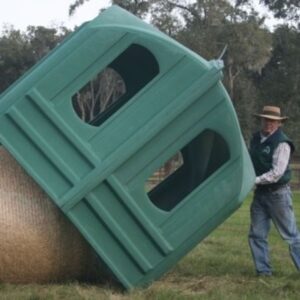 Hayhut Products
Hayhut Products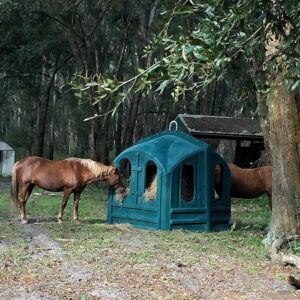 Reliable Forage
Reliable Forage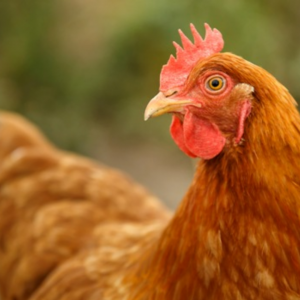 Ahh, the molting process. Shorter days and cooler temperatures…For people, it’s a sign that it is back to school time and fall. To chickens, it’s a sign that it is time to renew their feathers. Losing feathers and re-growing them is called molting and occurs every year when the days get shorter.
Ahh, the molting process. Shorter days and cooler temperatures…For people, it’s a sign that it is back to school time and fall. To chickens, it’s a sign that it is time to renew their feathers. Losing feathers and re-growing them is called molting and occurs every year when the days get shorter.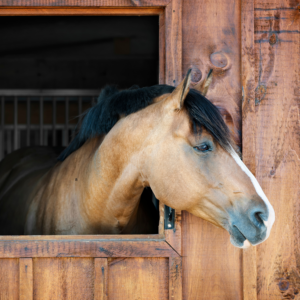 Internal parasites are a common problem in horses, particularly those managed on pasture. In addition to being a nuisance, internal parasites can cause serious health problems. These health issues include conditions such as weight loss, poor performance, colic, and intestinal obstruction. Establishing and maintaining a routine deworming schedule for your horses is an essential step to keep them healthy. However, a good deworming program should be tailored to the individual horse. The program should be based on factors such as age, pasture type, climate, and management style. Strategic deworming takes these factors into account. Additionally, a good deworming strategy helps prevent the development of resistance and strives to keep the deworming medications you use on your farm effective.
Internal parasites are a common problem in horses, particularly those managed on pasture. In addition to being a nuisance, internal parasites can cause serious health problems. These health issues include conditions such as weight loss, poor performance, colic, and intestinal obstruction. Establishing and maintaining a routine deworming schedule for your horses is an essential step to keep them healthy. However, a good deworming program should be tailored to the individual horse. The program should be based on factors such as age, pasture type, climate, and management style. Strategic deworming takes these factors into account. Additionally, a good deworming strategy helps prevent the development of resistance and strives to keep the deworming medications you use on your farm effective.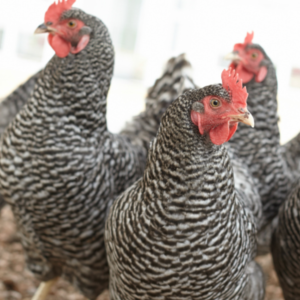 Switch laying hens to a complete chicken layer feed when they start laying eggs around 18 weeks of age. Choose a complete layer feed that includes all the essential nutrients laying hens need to lay strong and stay strong. Then make the transition gradually over one week.
Switch laying hens to a complete chicken layer feed when they start laying eggs around 18 weeks of age. Choose a complete layer feed that includes all the essential nutrients laying hens need to lay strong and stay strong. Then make the transition gradually over one week.